| Structure | Name/CAS No. | Articles |
|---|---|---|
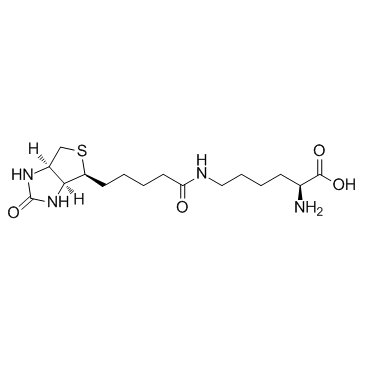 |
Biocytin
CAS:576-19-2 |
|
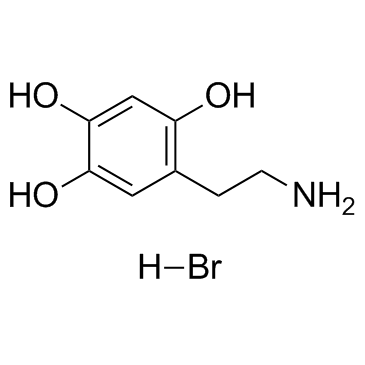 |
6-HYDROXYDOPAMINE HYDROBROMIDE
CAS:636-00-0 |
|
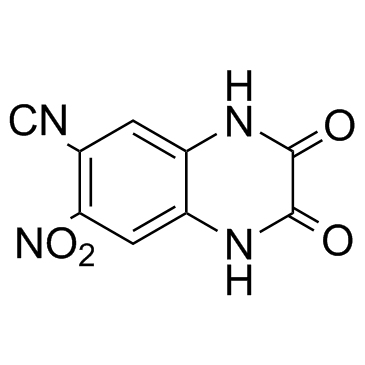 |
CNQX
CAS:115066-14-3 |
|
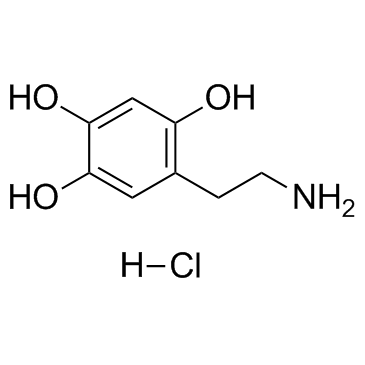 |
Oxidopamine hydrochloride
CAS:28094-15-7 |
|
 |
SR-95531
CAS:104104-50-9 |
|
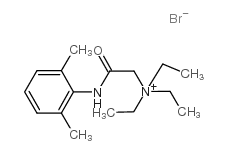 |
Lidocaine N-ethyl bromid
CAS:21306-56-9 |
|
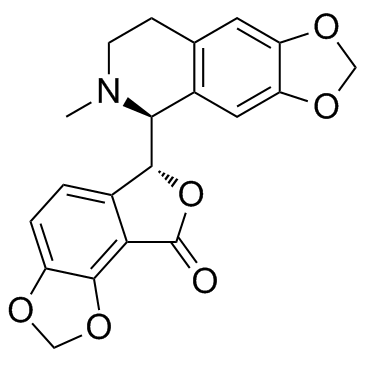 |
(+)-Bicuculline
CAS:485-49-4 |
|
 |
DL-AP5
CAS:76326-31-3 |